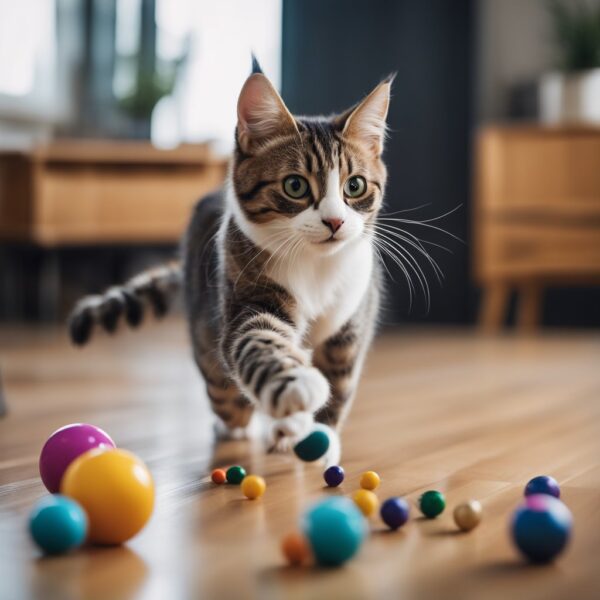
Cat Boredom: Signs and Solutions
Cats are known for their independent nature, often appearing self-sufficient and content with long hours of rest. However, this does not make them immune to boredom. Just like humans, cats can grow discontented when their lives lack stimulation. Noticing the subtle signs of cat boredom in your feline friend is crucial as it can lead to behavioral changes and even health issues.
Recognizing the signs of boredom is the first step towards fostering a more stimulating environment for your cat. Common indicators include excessive grooming, changes in eating habits, and a noticeable decrease in energy or, conversely, sudden bursts of hyperactivity. Addressing these signs is not merely about providing more toys; it involves enriching your cat’s life with consistent playtime, interactive activities, and fostering a comforting daily routine.
Key Takeaways
- Cats can experience boredom, leading to behavioral changes.
- Signs of cat boredom can manifest in various ways such as over-grooming or irregular energy levels.
- Engaging cats with interactive activities and consistent routines can alleviate boredom.
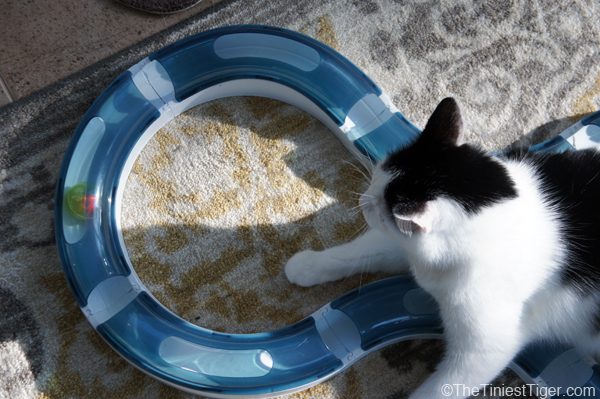
Understanding Cat Boredom
Cat boredom is a significant state that can influence a cat’s behavior and well-being. Recognizing the signs and causes is essential for cat parents to ensure their pet’s happiness and health.
What Is Cat Boredom?
Boredom in cats is a condition marked by a lack of stimulation, which can lead to a variety of negative behaviors. Unlike simple laziness, boredom arises when a cat does not receive enough mental and physical engagement.
Is my cat bored? Common Causes of Boredom in Cats
Environmental Monotony:
- Insufficient toys or play opportunities
- Lack of interaction with humans or other animals
Routine Predictability:
- Same daily routine without variation
- Limited access to new experiences or challenges
Indicators of Boredom
Behavioral Changes:
- Destructive behavior such as scratching furniture
- Overgrooming leading to bald patches or skin lesions
Physical Signs:
- Overeating and subsequent weight gain
- Oversleeping beyond the typical cat nap durations
Social and Vocal Expressions:
- Excessive vocalization like meowing or yowling
- Lack of interest in play or interaction with humans and toys
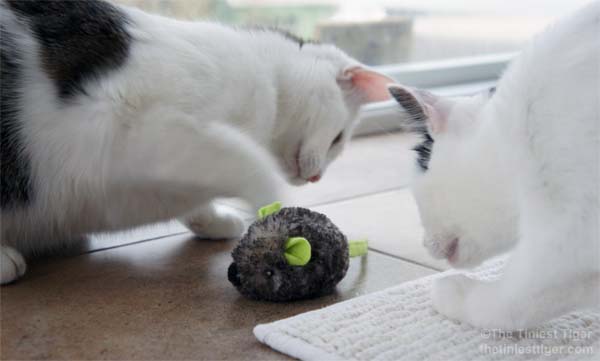
Signs of a Bored Cat
Cats may not express boredom as humans do, but certain signs can indicate they crave more stimulation. Recognizing these signs is crucial for guardians to help improve their feline friends’ quality of life.
Physical Signs of Boredom
- Excessive sleeping: While cats naturally sleep for long hours, too much sleep might suggest boredom.
- Overgrooming: Cats may lick or chew their fur excessively, leading to bald patches or skin irritation.
Behavioral Changes
- Destructive behaviors: Bored cats might scratch furniture or knock over objects in search of stimulation.
- Aggressive behavior: Increased irritability and playful aggression can be signs of understimulated cats.
- Pacing: A cat that walks back and forth frequently may be expressing a need for more activity.
- Meowing: Persistent vocalization, especially if it’s a change from their normal behavior, could point to boredom.
Health-Related Signals
- Overeating: Cats may eat more as a way to pass time, leading to weight gain.
- Lack of interest in play: A cat may show disinterest in toys or play, signaling a need for more engaging activities.
- Seeking attention: A cat that constantly seeks human interaction may need more mental or physical challenges.
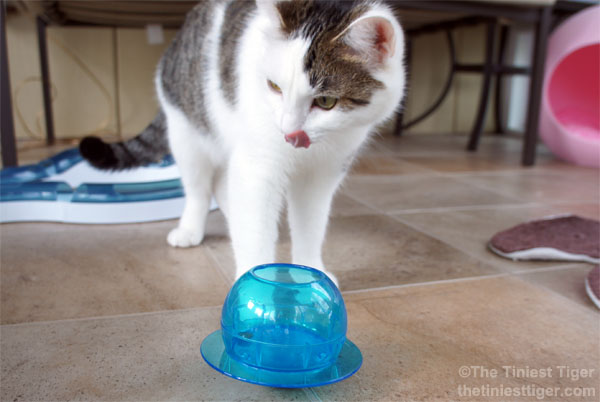
Preventing and Treating Feline Boredom
Cats require a stimulating environment to thrive, blending both physical and mental challenges. This section provides practical strategies to prevent and treat boredom through environmental enrichment and engaging activities.
Environmental Enrichment
A cat’s environment should cater to their instincts for exploration and observation. Vertical space is pivotal for a cat’s well-being; thus, installing cat trees and climbing structures allows them to survey their territory from a safe height. Additionally, incorporating hiding spots can satisfy a cat’s need for solitude and security.
Toys and Playtime
Toys play a crucial role in a cat’s life by mimicking prey and providing an outlet for their hunting instincts. Use a variety of interactive toys to simulate different types of prey movements. Regular play sessions also keep your cat engaged and help forge a stronger bond between cat and parent.
Mental and Physical Stimulation
Puzzle feeders and treat-dispensing toys offer mental challenges, making cats work for their food, which can prevent overeating and boredom. For physical stimulation, ensure daily playtimes that encourage running, pouncing, and jumping. Catnip can also be used occasionally to add an extra layer of excitement to playtime.
Creating a Stimulating Environment
To create an enriching atmosphere, consider these elements:
- Environmental Enrichment: Position furniture to create paths for your cat to navigate around the room. Experiment with catnip or pheromone diffusers to add sensory interest.
- Physical Stimulation: Schedule routine playtimes that are consistent and encourage active movement.
- Mental Challenges: Invest in new toys that challenge the cat’s problem-solving skills, keeping them mentally sharp.
- Social Interaction: If possible, provide opportunities for safe, monitored socialization with other pets or people.
Advanced Boredom Busters
To keep a cat stimulated and engaged, advanced boredom busters go beyond the basic toys and activities. These solutions are designed to tap into a cat’s natural instincts and provide them with a more challenging and enriching environment.
Interactive Solutions
Pounce and play are essential for a cat’s mental and physical well-being. Laser pointers provide an intense and engaging experience for cats who enjoy the thrill of the chase. For safety, one should never shine the laser directly into a cat’s eyes, and it’s important to offer a tangible reward afterward.
- Wand toys: Emulating the movements of prey, encourage a cat to jump, swat, and pounce, providing vigorous exercise and mental stimulation.
- Interactive toys: Our cats love interactive toys like the butterfly toy in the video.
Feeding Strategies
Rethinking the way a cat eats can greatly enrich their day-to-day life.
- Treat balls: These are designed to release treats as a cat plays, which makes them “work for their food” and stimulates their hunting instincts.
- Scheduled Feeder: Introducing a scheduled feeder can create a routine that mimics natural hunting cycles and prevents boredom.
Outdoor Enclosures
Catios are secure outdoor enclosures that allow cats to experience the outdoors safely. Here, cats can climb, explore, and indulge in their curiosity without the risks associated with roaming freely outdoors.
- Bird feeders placed in view of the enclosure can attract wildlife, providing visual stimulation for an indoor cat.
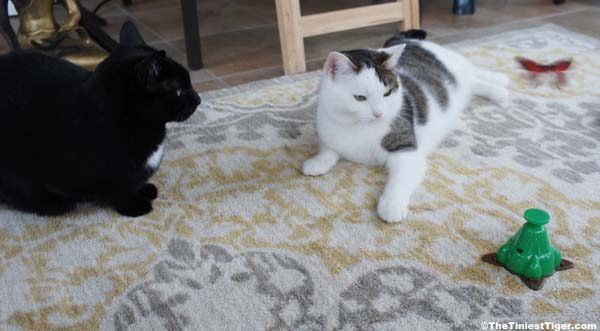
Daily Routines and guardian Involvement
Establishing daily routines and engaging consistently with one’s cat are essential for preventing boredom. Guardian involvement through structured activities plays a pivotal role in stimulating a cat’s mind and physical health.
Structured Playtime
Structured Playtime involves setting aside dedicated time for play that simulates hunting behaviors. Toys such as feather wands, laser pointers, and interactive puzzles can be used in these active sessions. They should last at least 10 to 15 minutes, twice daily, to provide adequate exercise and mental stimulation.
cat parent Interaction
Cat parent interaction is crucial for a cat’s emotional well-being. Cats often benefit from simple acts such as being petted or having their coat brushed. Additionally, engagement through talking to the cat or providing them with new objects to explore, like cardboard boxes, can enrich their environment and strengthen their bond with their guardian.
Understanding Cat Behavior
Recognizing Cat Behavior is paramount in identifying signs of boredom and addressing them effectively. Cat parents should observe their cat’s responses to different stimuli and tweak routines accordingly. Signs of a stimulated cat include alertness, playful energy, and regular eating habits. Conversely, a lack of response to toys or interaction may signal a need to adjust activities to better suit the cat’s interests and instincts.
When to Seek Professional Help
When a cat starts to exhibit behavioral changes or signs of distress, it is essential to distinguish between boredom and potential health issues. Consulting a professional offers an informed approach to understanding these behaviors and ensuring your cat’s well-being.
Identifying Underlying Health Issues
Changes in a cat’s behavior, such as decreased activity, increased sleep, or destructive behavior, may signal underlying health issues. For instance, if over-grooming leads to skin irritation or hair loss, this could indicate allergies or other medical conditions. When a cat’s behavior changes significantly and home remedies do not improve the situation, seeking veterinary attention is critical to rule out possible health concerns.
Behavioral Assessment
For behaviors that are not linked to health issues, such as overeating or decreased interest in play, consulting with an animal behaviorist could provide insight. They can assess issues such as:
- Persistent destructive behavior despite environmental enrichment
- Dramatic changes in cat behavior that suggest anxiety or stress
- Unexplained aggressiveness or withdrawal, which might require behavioral therapy or environmental modifications
Frequently Asked Questions
What are the common signs of boredom in cats?
Cats may exhibit signs such as excessive sleeping, increased meowing, overgrooming, and a lack of interest in activities or play. They might also show sudden bursts of energy or engage in destructive behavior as an outlet for their lack of stimulation.
How can I entertain my cat indoors to alleviate boredom?
Enriching a cat’s environment with stimulating toys, such as puzzle feeders or interactive toys, can alleviate boredom. Setting up window perches to encourage bird watching or providing a variety of scratching posts can also keep indoor cats entertained and active.
Could adopting another cat help if my current cat seems bored?
Introducing a new feline companion can reduce boredom for some cats by providing social interaction and a playmate. However, you need to consider the individual personalities and needs of both cats to ensure compatibility and avoid potential stress.
Why won’t my cat play with toys when it seems to be bored?
A cat may not engage with toys if they do not simulate their natural hunting instincts or if they have become too familiar and no longer offer a challenge. Rotating toys regularly and choosing ones that move unpredictably can keep a cat’s interest peaked.
How can you differentiate between a bored and a lazy cat?
A lazy cat generally displays contentment with lounging and minimal activity, without signs of restlessness or destructive behavior. In contrast, a bored cat may be restless, exhibit behavior changes, or show an eagerness for interaction but a lack of engaging activities.
What strategies can I use to prevent my cat from feeling lonely?
Regular playtime, interactive toys, and creating a stimulating environment that mimics natural behaviors, such as climbing and exploring, can prevent loneliness. Some cats may also benefit from the companionship of another pet or more interactive time with their guardians.